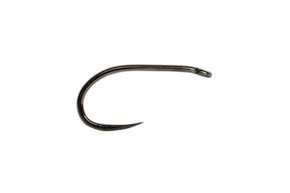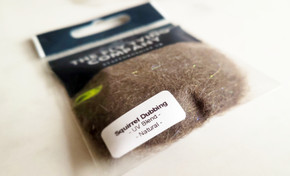Origin and History
Spider patterns are some of the oldest flies still in use, with origins in the North Country of England during the 17th and 18th centuries. These simple, sparse flies use silk thread bodies and soft hackle to imitate emerging insects drifting in the current. Two classic variations are the Ginger Spider and the Claret Spider, each named after their silk body colour. Both are highly effective for trout and grayling on rivers and streams across the UK.
Materials (Ginger Spider)
- Hook: Wet fly or spider hook, sizes 12–16
- Thread/Body: Ginger or light brown silk
- Hackle: Light partridge or hen hackle
- Optional Rib: Fine gold wire for strength
Materials (Claret Spider)
- Hook: Wet fly or spider hook, sizes 12–16
- Thread/Body: Claret silk or thread
- Hackle: Brown partridge or hen hackle
- Optional Rib: Fine oval gold wire
Popular Variations
- Partridge & Orange – perhaps the most famous North Country spider
- Partridge & Yellow – excellent during summer olive hatches
- Beadhead Spiders – adds weight for subsurface fishing
- Spider Emerger – with trailing shuck to imitate hatching flies
- Double Spider Team – fished in pairs across and downstream
Step-by-Step Tying Guide (Generic Spider)
- Attach thread behind the hook eye and wind back to the bend.
- Form a slim body with silk thread, adding fine wire ribbing if desired.
- Select a small partridge feather, stripping away fluff from the base.
- Tie in the feather by the tip and make 1–2 turns to form a sparse hackle collar.
- Stroke fibres back to sweep them rearward in spider style.
- Whip finish neatly and secure with a small drop of varnish.
Seasonality & Representation
Spider patterns are best fished from spring to autumn, especially during olive, midge, and upwinged insect hatches. Their soft hackles come alive in the current, imitating emergers and drowned adults. The Ginger Spider is especially good in clear water and bright conditions, while the Claret Spider works well in peaty rivers and on duller days.
Tackle and Setup
- Rod: 9–10ft, 3–5wt
- Line: Floating line
- Leader: 9–12ft, 5–6X tippet
- Setup: Traditionally fished in teams of 2–3 spiders across and downstream
Summary Table
| Aspect | Details |
|---|---|
| Origin | North Country, England, 17th–18th century |
| Best Seasons | Spring to Autumn |
| Represents | Emergers and drowned insects |
| Hook Sizes | 12–16 |
| Tackle Setup | 9–10ft rod, floating line, 9–12ft leader, team of spiders |












